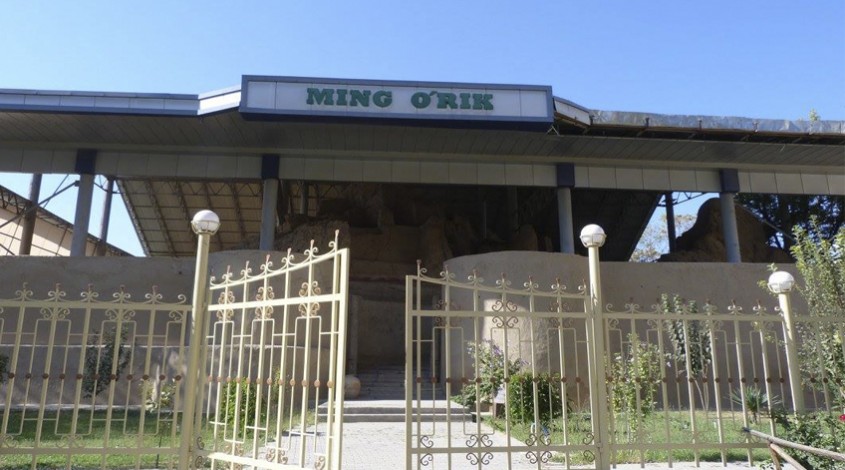

Tashkent is a city with a 2200-year history. Once upon a time, there were 4 cities on this land, each with its own castles, fortresses, and people. The main one above the others was Madaniat al-Shash, which played the role of the capital. The main works of archaeologists were carried out in his place. Approximately from the 17th century, significant changes in the architecture and development of the ancient settlement of Ming Urik began, there was a fortress with a city inside called Shahristan. Today Ming Urik, which means “A thousand of Dried Apricots”, is protected by the state as an architectural monument. More than 35 hectares of the site is located near the Salar River.


Previously, there was an even more ancient settlement of fire-worshippers on this place, fragments, and artifacts of which are still found here. It’s where the fortress was built. The walls were constructed of clay bricks and fastened with a clay mix. There were stepped towers all along the length. On the ceremonial site of the Zoroastrians, the palace of the ruler was built.
The palace was located on a hill, which added to its importance because it could be seen from afar. Inside the palace, there were many living quarters and utility rooms. There were also huge halls for receiving guests or holding important events. It was also a temple for various religious rites.
As a result of destruction, fire, and cult reforms, there are very few fragments that can tell about the design of the sanctuary. Only in some places, there are small parts of wall paintings made in gold, depicting the life of high-ranking officials of that distant era. Destroyed parts of old walls and floors served as the foundation and basis for the construction of the palace. Traditionally, for all the strategic structures of ancient Maverannahr, the palace was close to the walls of the citadel and was also the basis of urban formation and town planning. Some sources claim that Ming Urik was once home to Afrasiab, the ancient ruler of Turan. This is confirmed by some elements of interior design. However, such images are not sufficient to definitively prove this fact. Similar mentions were also found in the settlement of Afrasiab near Samarkand.
Nowadays, only part of the citadel is left of the huge settlement. The territory of the attraction is fenced and turned into a museum.
Canaan Travel team invites all visitors and residents of Uzbekistan to visit Tashkent – a modern city with a huge history, whose monuments will be an important and memorable part of your holiday.
